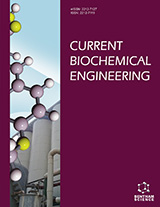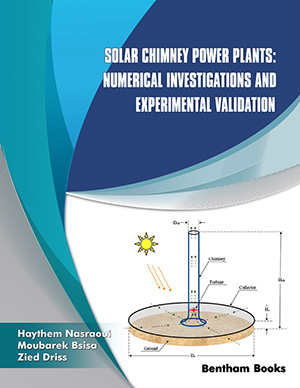Abstract
In this paper, the energy and power density of vehicles, energy-storing devices, and motors have been revisited. Hybrid propulsion systems like amphibious vehicles are considered along with normal propulsion modes. Power density reflects the amount of power delivered, and energy density reflects the range of systems. Power and energy densities of various transportation such as Electrically powered vehicles (EVs) Internal Combustion Engine (ICE) vehicles, Hybrid Vehicles (HVs), underwater vehicles, airplanes, ships, and hybrid mode transportation systems, are analyzed. The energy and power density of multi-mode propulsion are also calculated to explore the possibility of converting existing automobiles to multimode transportation systems as a part of retrofitting in the future. Power density matching for energy sources, ICE, motor, and coupling can lead to better operation of the propulsion system. This concept is parallel to the maximum power transfer theorem. Power density matching of all components associated with power flow can lead to better stability, lesser vibrations, and reduced maintenance of the system components. It reduces the need for frequent replacements of power components due to power stress. Energy density matching of all power flow components is equally important. A detailed study by considering various vehicles is presented in this paper.
Keywords: Amphibious Vehicles, Battery, Electric Vehicle, Energy density, Engine, Fuel Cell, Hybrid Vehicles, Motor, Power density, Retrofitting, Seaplanes, Submarines, Super-Capacitor, Ultra-Capacitor.






















